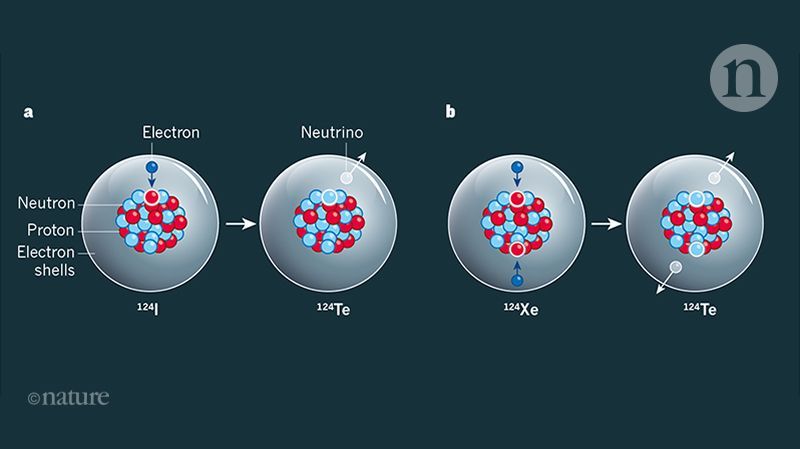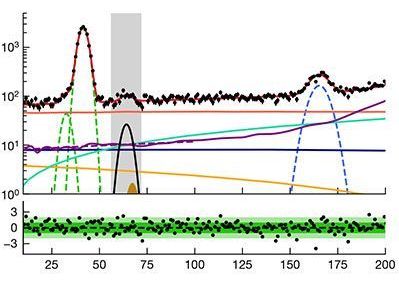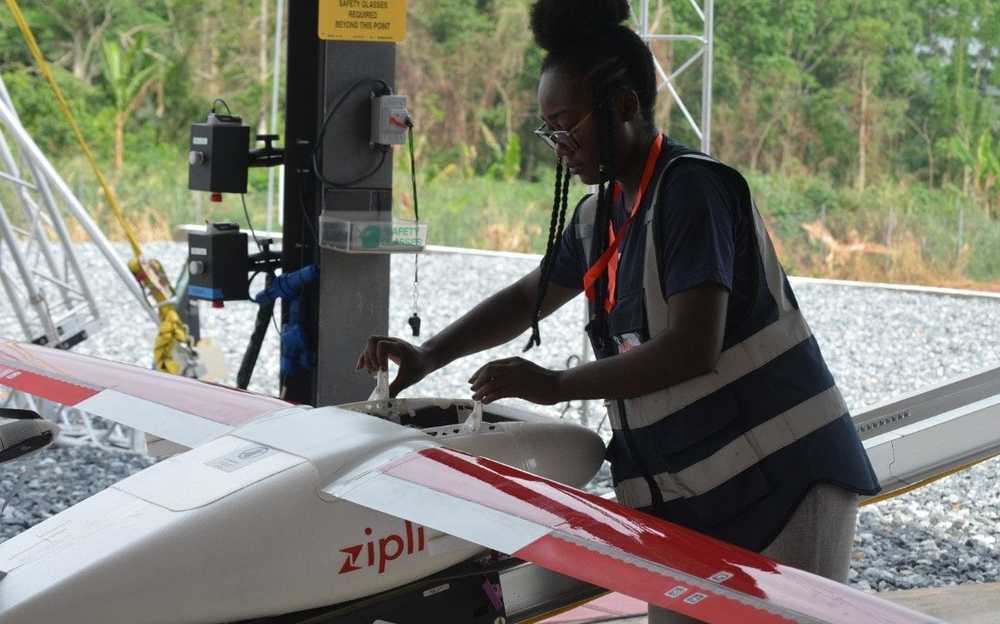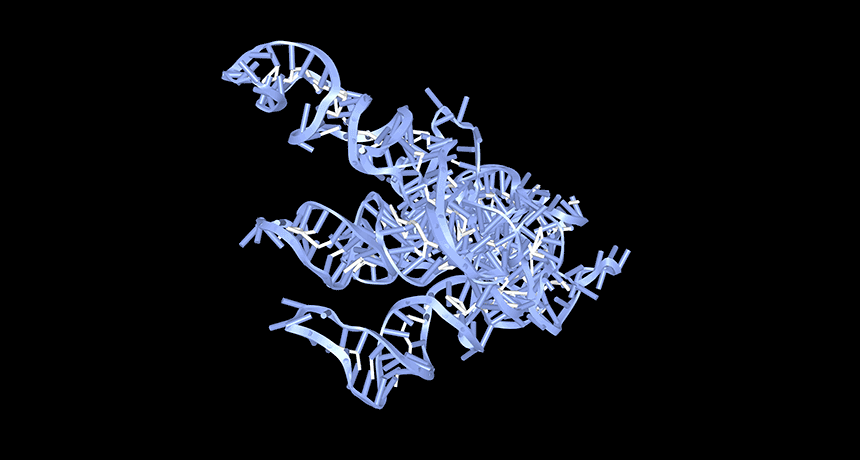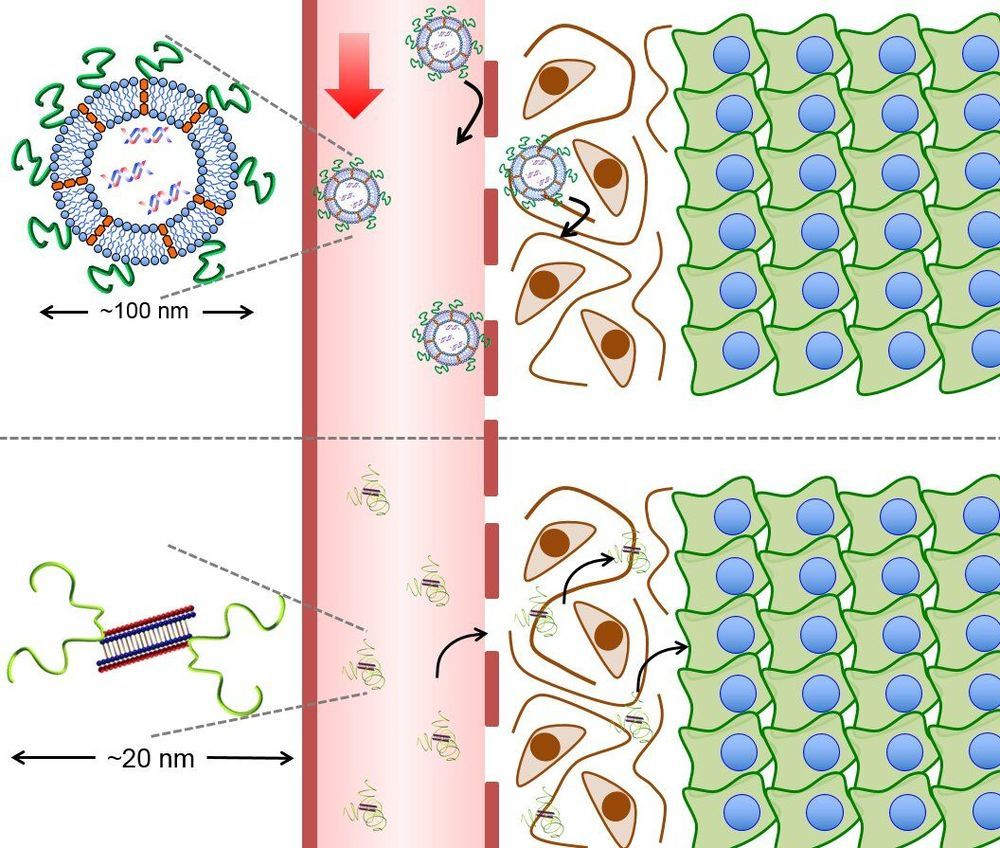WASHINGTON — Nearly a year after Northrop Grumman’s acquisition of Orbital ATK closed, company executives say they’re getting the benefits they expected from the deal in terms of cost savings and new business.
In a quarterly earnings report issued April 24, Northrop reported total sales of $8.19 billion and net earnings of $863 million for the first quarter of 2019. The company had total sales of $6.74 billion and net earnings of $840 million for the same quarter of 2018.
The increase in sales was due almost entirely to the addition of the Innovation Systems business unit, the former Orbital ATK. That unit generated $1.44 billion in sales for the quarter. In the first quarter of 2018, the last full quarter Orbital ATK was still an independent company, it reported sales of $1.31 billion.

